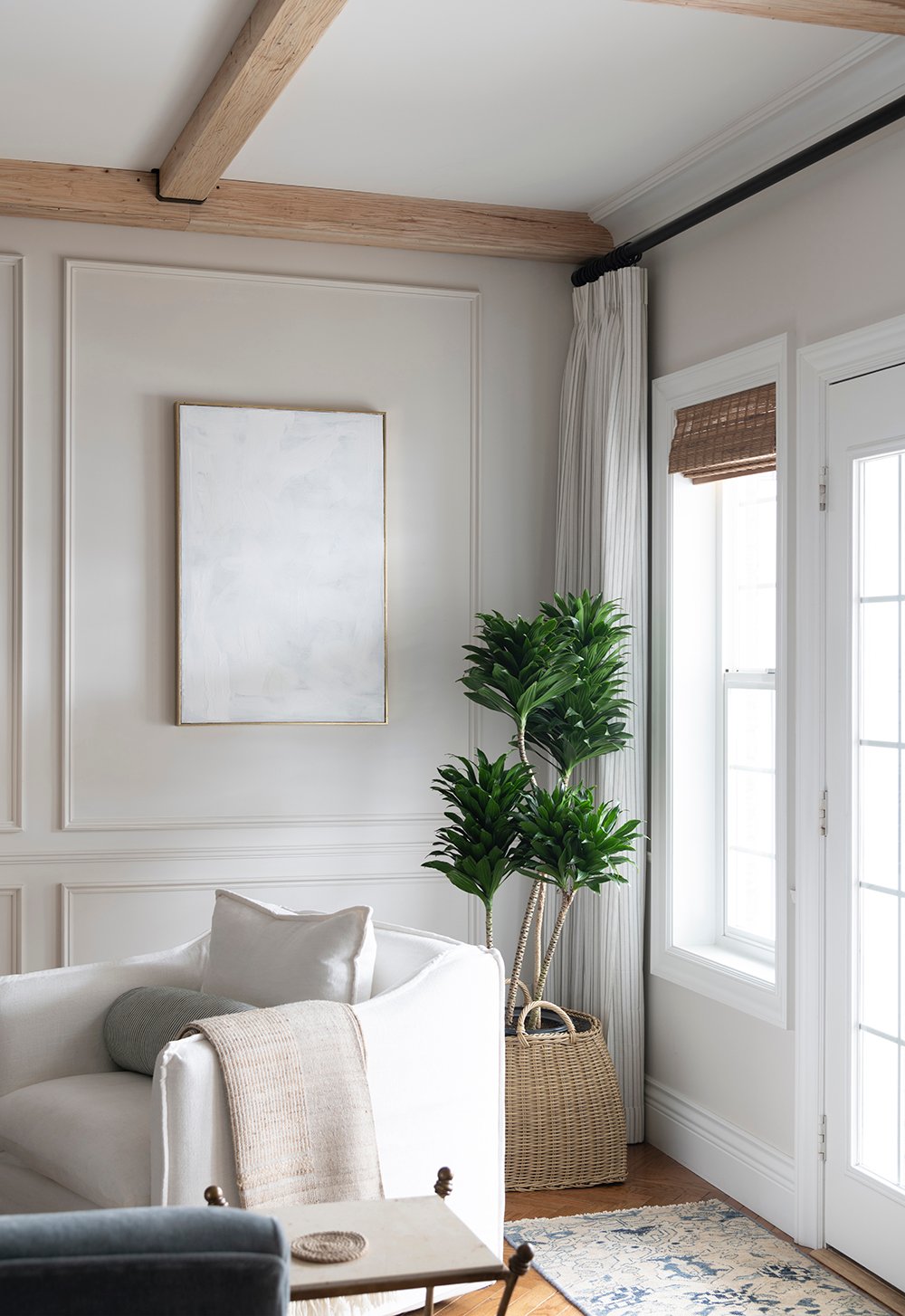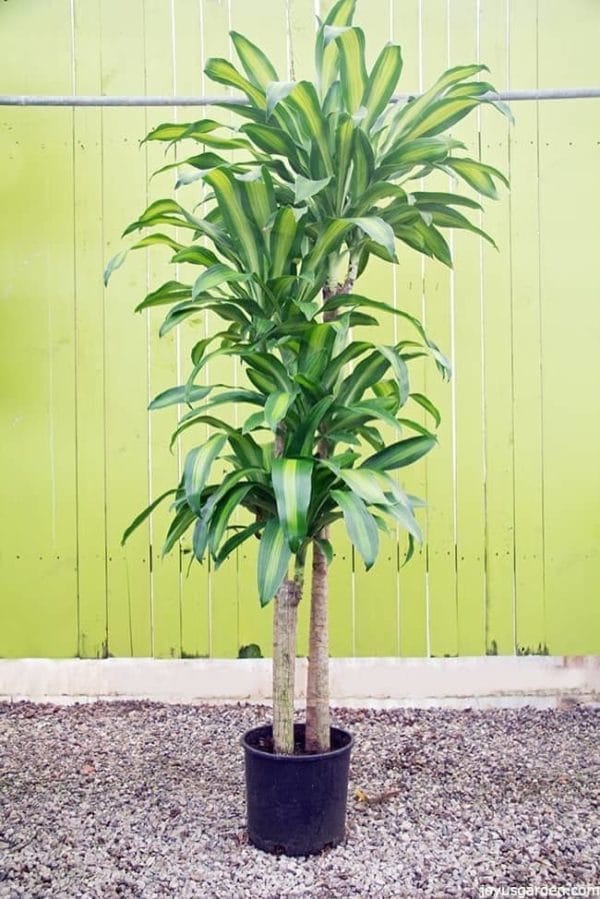Best Low-Light Indoor Plants for Creating a Relaxing and Green Environment
Best Low-Light Indoor Plants for Creating a Relaxing and Green Environment
Blog Article
Transform Your Home With Beautiful Low-Light Indoor Plants and Their Advantages
Integrating low-light interior plants right into your home can significantly enhance both the environmental and visual high quality of your home. These plants, which flourish in dark conditions, serve not just as decorative components but also as all-natural air cleansers, making them perfect for urban dwellers or those with minimal sunshine exposure. As we check out the various kinds of low-light plants and their benefits, you might locate shocking methods to incorporate them right into your home that can change your environments in ways you might not have actually prepared for.
Benefits of Low-Light Plants
Low-light plants provide many advantages for indoor settings, making them a superb selection for both amateur and seasoned garden enthusiasts. Among the primary advantages is their flexibility to low-light conditions, allowing individuals to improve their home without the demand for comprehensive sunlight direct exposure. This particular makes them perfect for apartment or condos, workplaces, and other areas with minimal all-natural light.

Furthermore, including low-light plants right into home décor can boost the visual charm of an area. Their rich vegetation and varied appearances develop a relaxing ambience, adding to general wellness. The presence of plant has actually been linked to minimized anxiety degrees and boosted performance, making low-light plants a sensible selection for enhancing both physical and psychological health and wellness in indoor setups.
Top Low-Light Indoor Plants
While several indoor plants prosper in intense light, several types are particularly appropriate for low-light problems, making them perfect for numerous indoor areas. One preferred selection is the Snake Plant (Sansevieria), understood for its striking upright fallen leaves and durability, calling for minimal care. Another exceptional option is the Pothos (Epipremnum aureum), which includes heart-shaped fallen leaves and can trail perfectly from shelves or hangers, flourishing in reduced light and adding a rich touch.
The ZZ Plant (Zamioculcas zamiifolia) is commemorated for its shiny fallen leaves and capacity to withstand disregard, making it excellent for active lifestyles. The Tranquility Lily (Spathiphyllum) not just endures reduced light yet additionally produces stunning white blooms, enhancing any room's aesthetic.
For a special touch, take into consideration the Cast Iron Plant (Aspidistra elatior), which without a doubt lives up to its name, prospering in the darkest edges of your home. Lastly, the Chinese Evergreen (Aglaonema) offers a range of leaf patterns and colors while being remarkably forgiving in low-light conditions. These plants not only beautify indoor environments but also add to air filtration, boosting your space.
Care Tips for Low-Light Plants

Watering techniques are important; these plants frequently prefer somewhat completely dry problems. Overwatering can lead to root rot, so make certain that the top inch of dirt is dry prior to watering once more. Use pots with drainage openings to allow excess moisture to run away.
Humidity is an additional crucial element. Several low-light plants, such as ferns and peace lilies, gain from higher humidity degrees. To increase humidity, take into consideration misting the leaves or putting a tray of water near the plants.
Fertilizing should be approached with care. Throughout the growing season, utilize a watered down, well balanced fluid plant food each month to sustain growth, but stay clear of fertilizing throughout the inactive winter season.

Creative Ways to Present Plants
Indoor plants can act as captivating focal factors in any kind of room, improving both visual charm and atmosphere. Imaginative display screens can boost the aesthetic influence of low-light plants, making them an essential part of your home design. One efficient approach is to make use of tiered plant stands, which allow you to showcase several plants at differing elevations while maximizing floor space.
Hanging planters are one more ingenious alternative, producing a sense of depth and attracting the eye upwards. Take into consideration macramé wall mounts or wall-mounted shelves to introduce an unique texture and design.
For a much more organized method, use geometric terrariums or glass containers to house your plants, adding a modern touch to your interior yard. You can additionally repurpose classic items, such as teacups or wooden pet crates, for a diverse display that mirrors your individuality.
Enhancing Home Atmosphere With Plants
Integrating low-light plants right into your home not only boosts aesthetic appeal yet likewise contributes considerably to the overall setting. These plants work as natural style aspects, introducing a feeling of tranquility that can change any type of room. The visibility of greenery cultivates a relaxing environment, which is particularly this hyperlink beneficial in high-stress environments such as office or living rooms.
Low-light plants, such as serpent plants, pothos, and ZZ plants, are not only visually pleasing however likewise boost indoor air high quality by filtering contaminants. This twin function improves the setting even more, developing a healthier living area (Best low-light indoor plants). The strategic placement of these plants can additionally affect the understanding of room; for instance, tall plants can attract the eye upward, making ceilings appear greater and areas much more spacious
Moreover, varying appearances and shades of foliage include deepness to interior layout, enabling innovative expression in home designing. Whether put on racks, in corners, or as focal points, low-light plants can boost the mood of any kind of space. In summary, including these plants into your home is a reliable way to cultivate a warm, welcoming ambience while profiting of boosted air high quality and visual adaptability.
Conclusion
Incorporating low-light interior plants into home atmospheres provides visit numerous benefits, consisting of boosted visual charm and boosted air quality. These resilient plants, such as the Serpent Plant and Peace Lily, require marginal light and upkeep, making them appropriate for varied way of lives.
While several interior plants prosper in intense light, numerous species are especially fit for low-light conditions, making them perfect for numerous interior spaces. One reliable approach is to use tiered plant stands, which permit you to showcase numerous plants at varying elevations while taking full advantage of floor room.
Low-light plants, such as snake plants, pothos, and ZZ plants, are not only cosmetically pleasing however additionally improve indoor air top visit this web-site quality by filtering toxins. Best low-light indoor plants. The tactical positioning of these plants can also influence the assumption of room; for instance, tall plants can draw the eye upwards, making ceilings appear higher and spaces extra roomy
These resistant plants, such as the Serpent Plant and Peace Lily, call for minimal light and upkeep, making them suitable for diverse way of livings.
Report this page